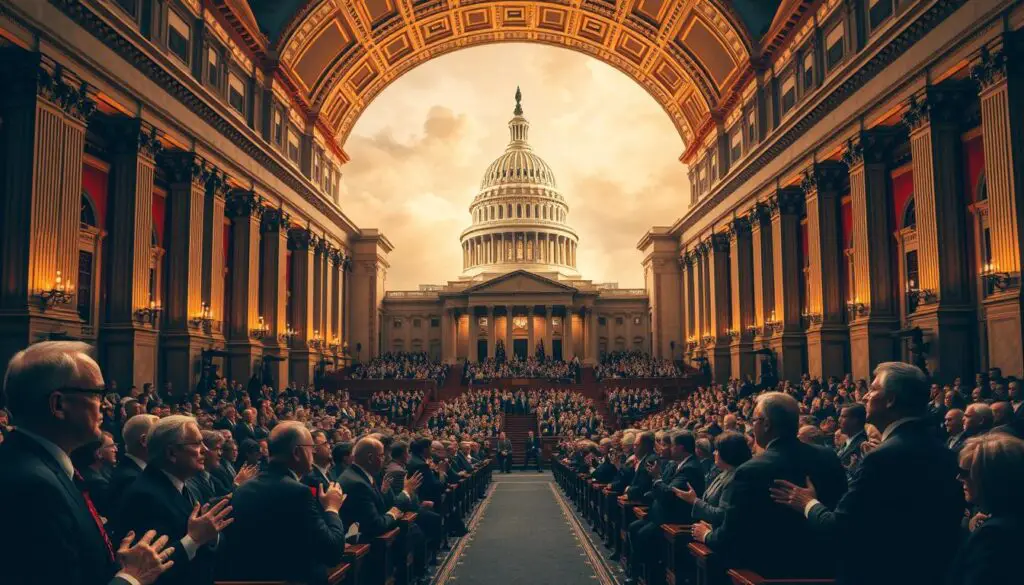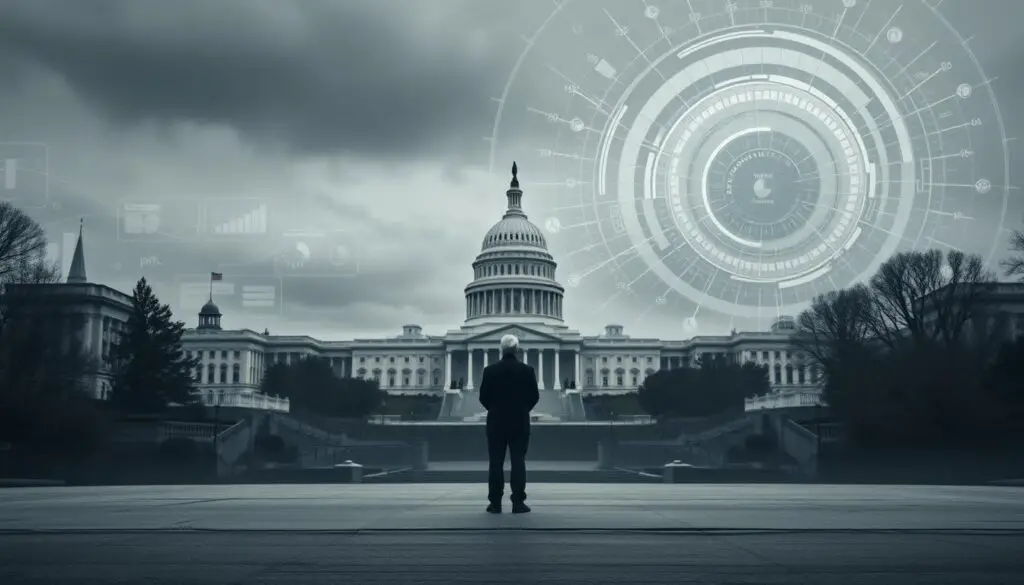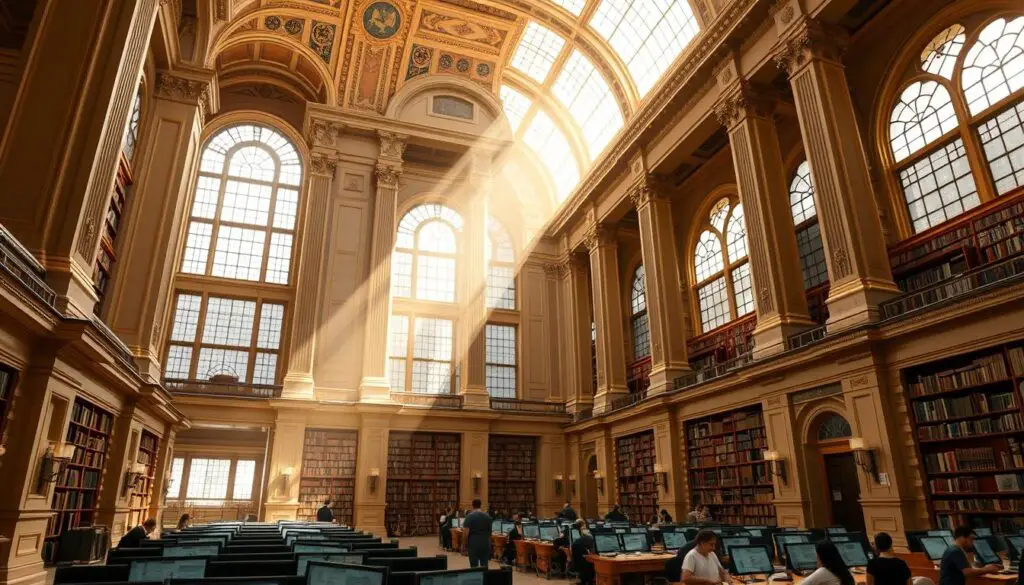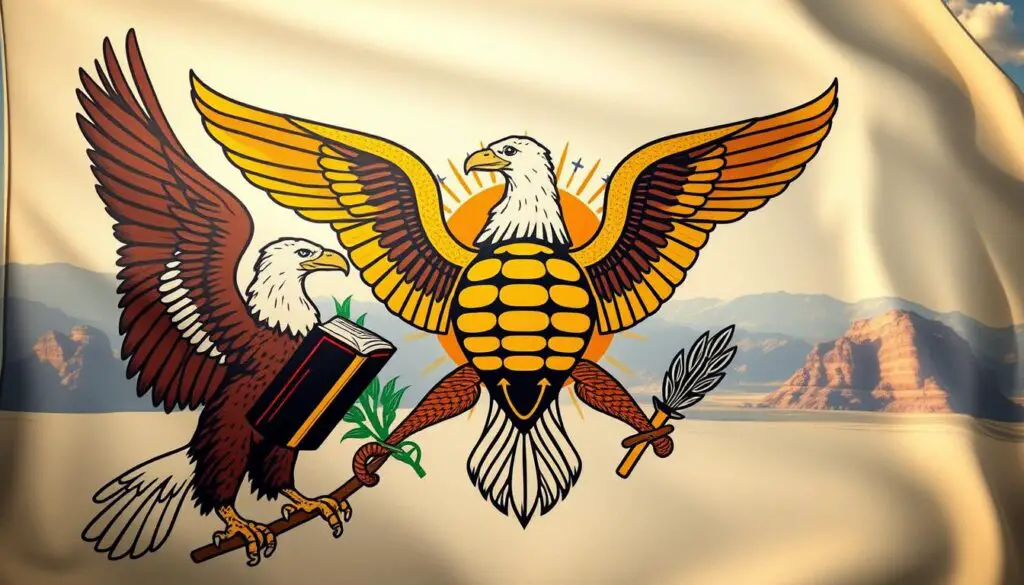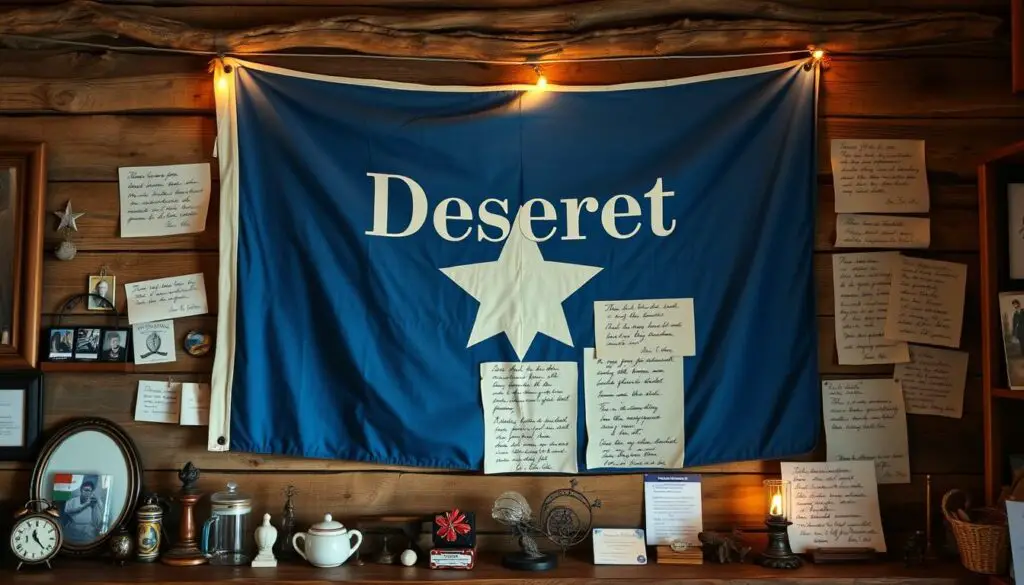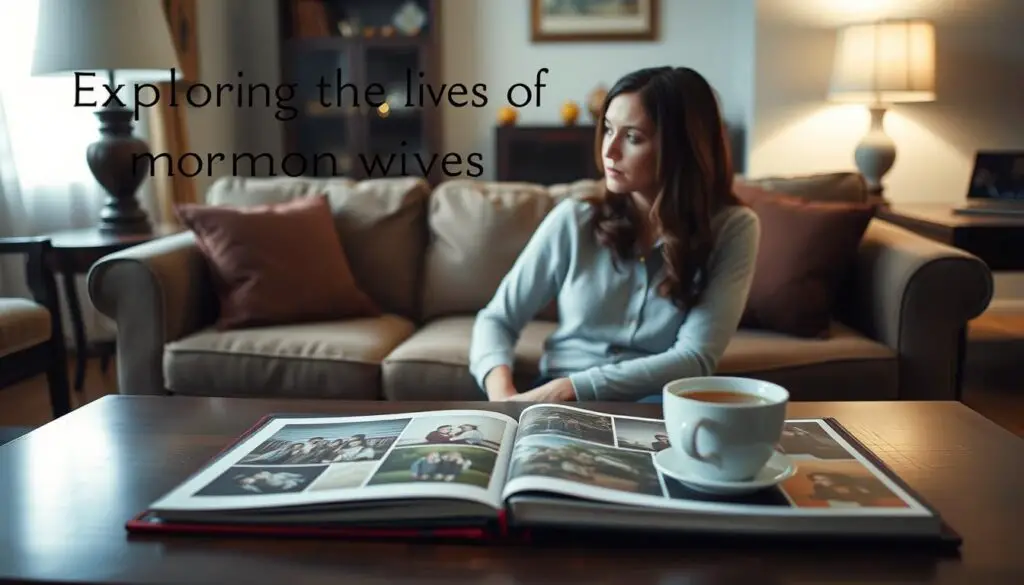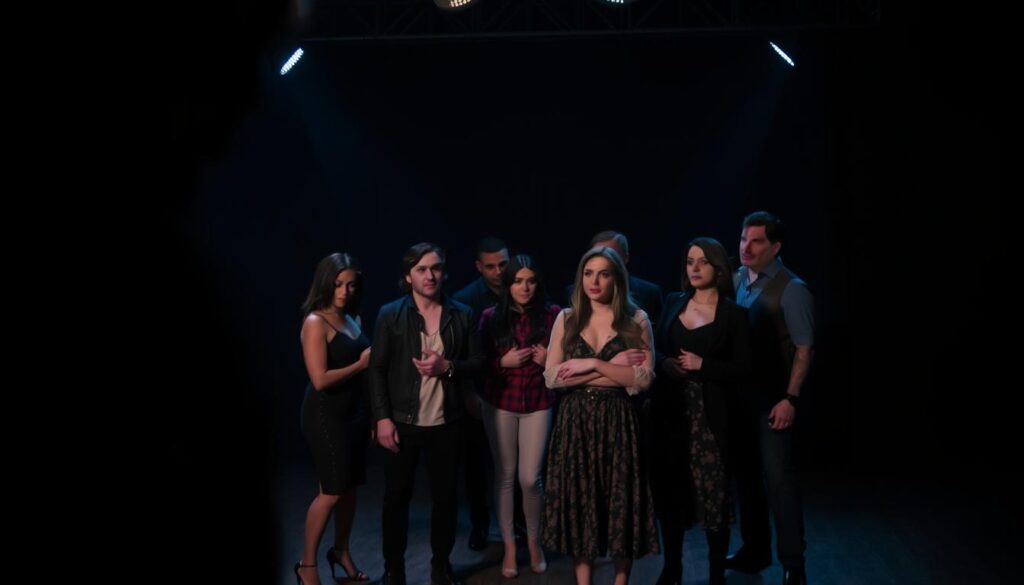Historical fiction often walks a delicate line between creative storytelling and factual accuracy. A recent TV series has sparked intense debates by reimagining 19th-century events tied to religious communities. Though framed as entertainment, its portrayal of sensitive topics has drawn criticism for blurring the boundaries between drama and documented history.
The show in question dramatizes real conflicts like the Mountain Meadows Massacre, a tragic 1857 incident. While fictional adaptations can breathe life into forgotten stories, some faith groups argue this approach risks distorting public understanding. A prominent religious organization recently issued a public statement expressing concern over the program’s historical framing.
This controversy highlights broader questions about media responsibility. How should creators balance artistic freedom with respect for cultural memory? As social media amplifies both praise and criticism, the discussion extends far beyond traditional review circles.
Key Takeaways
- Fictionalized history shows can spark debates about accuracy vs. creative license
- Religious organizations sometimes push back against media portrayals of their past
- The Mountain Meadows Massacre remains a sensitive historical subject
- Public statements from faith groups can influence national conversations
- Modern media controversies often involve social media amplification
- Viewers benefit from understanding both historical context and modern perspectives
Overview of American Primeval and Its Historical Setting
Television dramas about historical events face a unique challenge: captivating audiences while honoring complex truths. American Primeval tackles this balance by reimagining pivotal moments from 19th-century Utah, blending frontier mythology with documented conflicts.
Storytelling Meets Historical Footprints
The series opens with the 1857 Mountain Meadows Massacre, a real tragedy where emigrants were killed during tensions between settlers and local groups. While historians agree the event involved Latter-day Saints militia members, the show introduces fictional characters to drive its narrative. Brigham Young, then leader of the faith community, is portrayed as both a strategic leader and conflicted figure.
“True history consists of the right lessons learned.”
Fact vs. Fiction in Frontier Conflicts
Central to the plot is the Utah War—a military standoff between U.S. forces and Latter-day Saints settlers. The series amplifies the drama through these events:
| Event | Historical Record | Series Depiction |
|---|---|---|
| Mountain Meadows Massacre | Multi-day attack by militia & allies | Single-day ambush shown |
| Brigham Young’s Role | No direct orders proven | Implied strategic approval |
| Utah War Causes | Political & religious tensions | Personal rivalries emphasized |
By weaving Salt Lake Valley’s harsh landscape into its themes, American Primeval uses setting as both backdrop and character. However, viewers should note key deviations—like compressing timelines—that prioritize storytelling over strict accuracy.
Mormon Reaction to American Primeval
When stories reshape history, they often spark important conversations about truth and representation. The Church of Jesus Christ of Latter-day Saints recently addressed concerns about a popular Netflix series through an official news release. Leaders called the program “dangerously misleading” for blending fictional narratives with real events tied to their early history.
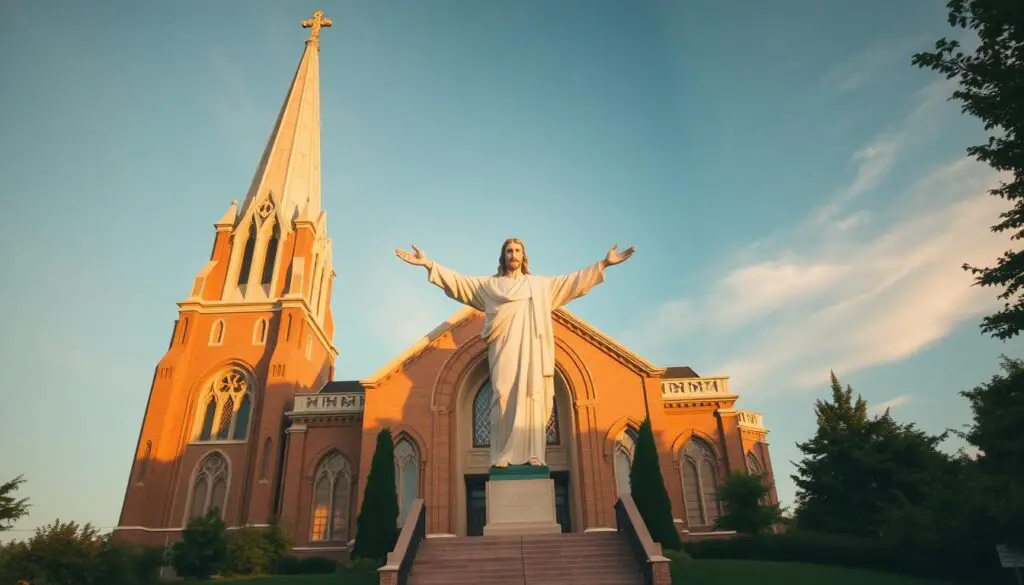
Church Jesus Christ Official Statements and Critique
President Russell M. Nelson emphasized the need for historical integrity, stating:
“Our shared past deserves thoughtful examination, not dramatic distortion.”
The church specifically criticized the show’s portrayal of Brigham Young, arguing it creates a“fictionalized version”of the leader’s role in 19th-century conflicts. Actor Kim Coates’ intense performance as a militia leader drew particular scrutiny for amplifying violent themes.
Debates on Fact vs. Fiction in the Series
Historians remain divided. Some praise the series for sparking interest in lesser-known events, while others echo the church’s concerns about blurred lines between fact and fiction. The program compresses timelines and invents dialogue—common practices in historical dramas that become controversial when depicting sacred community narratives.
Viewers might notice these key differences:
- Brigham Young’s leadership style simplified for dramatic tension
- Complex political conflicts reduced to personal rivalries
- Modern filmmaking techniques applied to 1850s settings
As discussions continue, the church encourages audiences to study documented records alongside fictional interpretations. This approach helps maintain respect for cultural memory while enjoying creative storytelling.
Historical Context and Media Misrepresentation
Media portrayals of history shape public understanding in ways textbooks rarely match. When popular shows blend fact with fiction, they risk cementing stereotypes that overshadow nuanced truths. This tension becomes stark in depictions of 19th-century religious communities and their leaders.
Portrayal of Brigham Young and Early Latter-day Saints
The series paints Brigham Young as a shadowy strategist directing frontier conflicts. Historical records show a more complex leader navigating political pressures during the Utah War. While the Mountain Meadows Massacre involved local militia members, no evidence ties Young directly to the attack—a detail omitted for dramatic effect.
Dr. Emily Carter, a historian specializing in Latter-day Saint history, notes:
“Reducing multifaceted figures to villains simplifies history. Young’s actual correspondence reveals cautious diplomacy, not the show’s chessmaster persona.”
Analysis of Stereotypes and Contemporary Reactions on Social Media
Online discussions amplify both criticism and praise. Viral posts labeling early Latter-day Saints as “fanatical” clash with academic analyses of their survival struggles. The show’s condensed timeline for the Mountain Meadows Massacre—portrayed as a single ambush rather than a multi-day tragedy—fuels heated debates about historical simplification.
Platforms like TikTok and X (Twitter) see spikes in anti-religious memes whenever episodes air. Yet some viewers credit the series for sparking interest in Salt Lake Valley’s complex past. As one Reddit user wrote: “Better angry dialogue than no dialogue—now I’m reading actual pioneer journals.”
Conclusion
Exploring history through entertainment invites both fascination and responsibility. The American Primeval series sparks vital conversations about how fact and fiction shape our understanding of events like the Utah War and Mountain Meadows Massacre. While creative storytelling breathes life into forgotten struggles, critics argue condensed timelines and invented dialogue risk distorting cultural memory.
Faith communities emphasize the need for accuracy when depicting sacred narratives. Leaders from The Church of Jesus Christ of Latter-day Saints have urged peacemaking, with President Russell M. Nelson advocating for “thoughtful examination” of shared history. Their stance reminds viewers that real people lived through these events—their stories deserve respect beyond dramatic reinterpretation.
Audiences curious about 19th-century conflicts can balance media portrayals with reliable sources. Museums in Salt Lake City and pioneer journals offer firsthand perspectives missing from screen adaptations. As news outlets and social media amplify debates, remember: entertainment simplifies, but history demands nuance.
Ultimately, this controversy highlights art’s power to educate or mislead. By seeking truth alongside compelling stories, we honor both creativity and the complex realities of the past.
FAQ
How has The Church of Jesus Christ of Latter-day Saints responded to *American Primeval*?
The Church of Jesus Christ of Latter-day Saints has emphasized the importance of accurate historical representation. While they acknowledge creative storytelling, they’ve expressed concerns about fictionalized portrayals of events like the Utah War and early members, urging viewers to seek verified sources.
Does *American Primeval* accurately depict the Mountain Meadows Massacre?
The series blends fact and fiction, taking creative liberties with events like the Mountain Meadows Massacre. Historians note that while the tragedy occurred, the show’s dramatization may not align with documented accounts. It’s advised to explore trusted historical records for context.
How does the show portray Brigham Young and early Latter-day Saints?
*American Primeval* presents a dramatized version of Brigham Young and pioneer life, focusing on conflict and survival. Some viewers argue the depiction leans into stereotypes, while others see it as part of the genre’s exploration of harsh frontier realities.
What is the connection between the Utah War and the series?
The Utah War serves as a backdrop for the show’s tension, reflecting real territorial disputes between settlers and the U.S. government. However, the series amplifies violence and interpersonal drama for narrative effect, diverging from historical timelines.
How are social media users reacting to the show’s release?
Reactions on platforms like Twitter and TikTok are mixed. Some praise the gritty storytelling, while Latter-day Saint audiences critique oversimplified narratives. Others use the opportunity to discuss lesser-known history, fostering broader conversations about faith and media.
Should viewers treat *American Primeval* as a factual account?
No—the series is historical fiction. While it references real events and figures, creators have stated that dramatic license was taken. Experts recommend pairing the show with credible resources to distinguish between entertainment and historical reality.
Are there sensitive themes in the series that might concern audiences?
Yes. The show includes graphic violence, complex moral choices, and intense depictions of frontier life. Viewer discretion is advised, particularly for those familiar with the history of The Church of Jesus Christ of Latter-day Saints.

